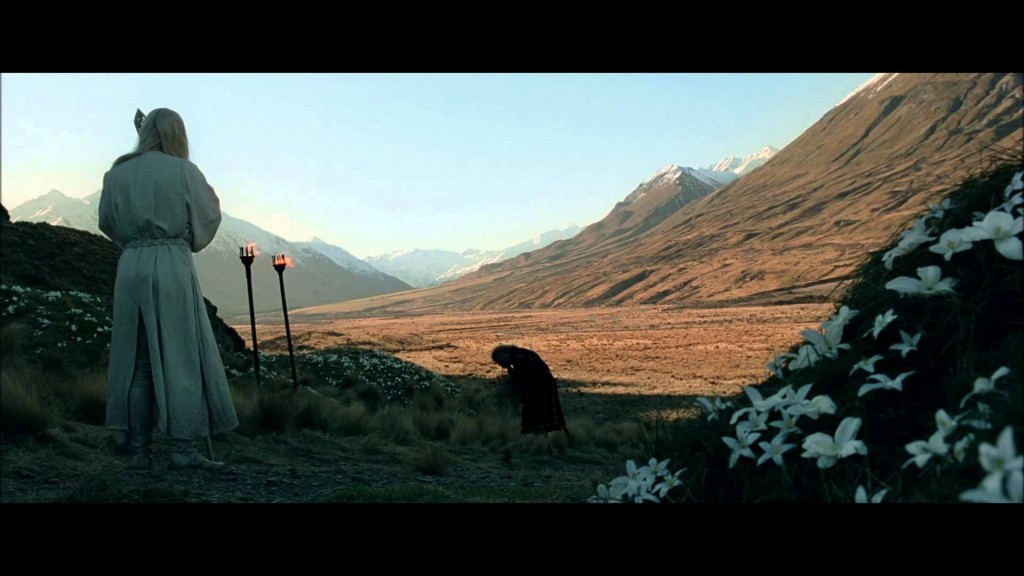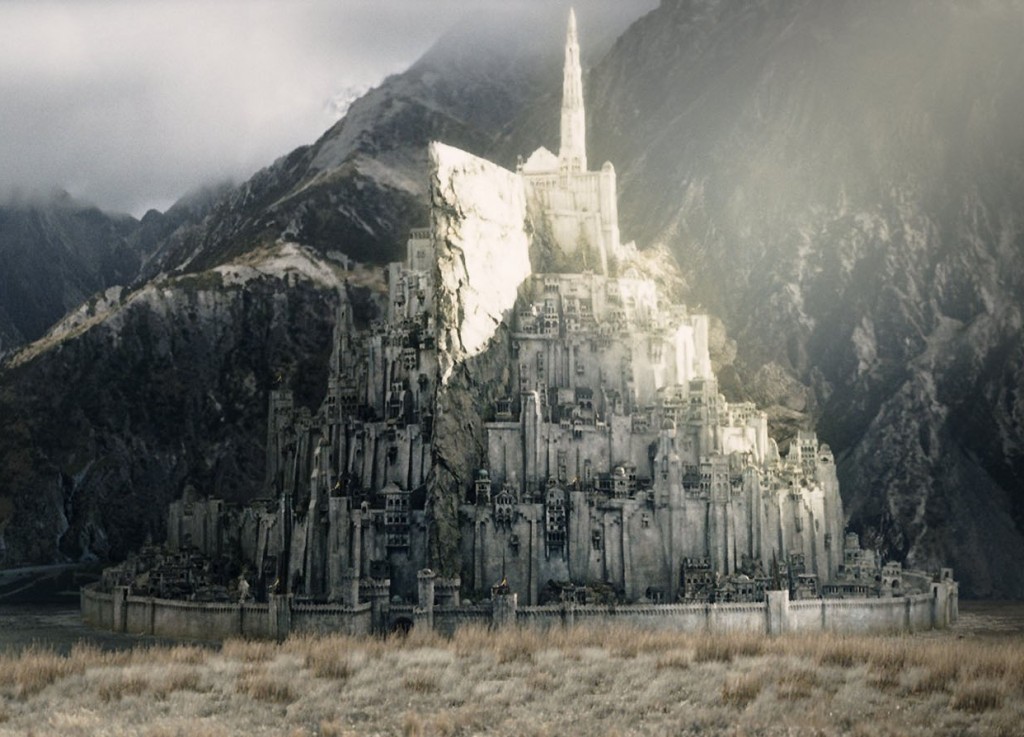When the events of The Lord of the Rings begin to take place, Middle-earth is identified to be a dying world “for lack of reproduction” (Drout 26). The time of Elves and Ents comes to an end (Tolkien, Fellowship of the Ring 340). Instead, the narration suggests that the future of Middle-earth belongs to Men (340). After all, the world of Men prospered during the fourth age. However, before Aragorn can re-unite the kingdoms, the reigns of Men seem to perish. Death and decay instead of life and vitality define Rohan and Gondor. This essay attempts to analyse the Kingdoms of Rohan and Gondor and future of Men.
At the core of both societies, is the issue of gender imbalance as Michael N. Stanton argues:
When [Tolkien] speaks of “Men” he is using the masculine form as the generic form, to include all human beings. This is a dated usage now, of course; but it must also be noted that in a Middle-earth of constant war, danger, and travel and adventure, most of the characters we meet are indeed male. So, for better or worse, “Men” has a basis in fact as well as custom (Stanton 121).
In other words, the history of Middle-earth is marked by ‘his story’. Despite the fact that the future of Middle-earth belongs to the race of Men, death seems to permeate Men. An interesting parallel between Gondor and Rohan is that when the reader encounters Denethor of Gondor and Théoden of Rohan for the first time, both rulers were grieving. Both, Théoden and Denethor, lost their wives and a son. Death pervades both kingdoms and exemplifies the gender imbalance, as well as the consequences of warrior cult.
Interestingly, the landscape of both realms reflects death as well. While riding through the fields of Rohan, Gandalf and the remainder of the Fellowship pass fields with many mounds and where grass “was white as with a drifted snow” (Tolkien, Two Towers 130). A closer look reveals that countless “small flowers sprang there” (130). As beautiful this sight is, Gandalf explains that these flowers, called Simbelmynë, “blossom in all the seasons of the year, and grow where dead men rest” (130). This foreshadows the impending war and death. Similarly to the fields of Rohan, the landscape of Gondor reflects death as well:
… The Guarded City [Minas Tirith], with its seven walls of stone so strong and old that it seemed to have been not built but carven by giants out of the bones of the earth (Tolkien, Return of the King 10).
Instead of associating the earth with growth and nature, Minas Tirith is described to be constructed on deterioration. Moreover, the structure of the major city of Gondor (In the Elvish language Sindarin, Gondor means “Stone-land” (Chance 97).), Minas Tirith, reflects death and decay in an additional way. Jane Chance argues that Minas Tirith “reflects in its iconography the nature of Gondor as ‘stone-land’, a place of blight and paralysis … and lack of human vitality” (Chance 98).
The harshness of Minas Tirith and Gondor is echoed in its people. Similar to Rohan, Gondor is characterised by a warrior cult where weakness or femininity has no place:
… We [in Gondor] esteem a warrior, nonetheless, above men of other crafts. Such is the need of our days. So even was my brother, Boromir: a man of prowess, and for that he was accounted the best man in Gondor (Tolkien, Two Towers 356).
This notion is reflected in the attitude of Faramir, the brother of Boromir: Physical prowess is not only equated with power, but also with gender. In this brief passage, it becomes clear that men are the warriors that protect perceived ‘weaker’ members of society such as women. This passage indicates that a warrior is associated with physical prowess and men. Women and other perceived weaker members of society are the ones in need of protection. When Denethor first encounters Pippin, discussing Boromir’s death, the idea of the physical prowess of a warrior is emphasized once again:
‘So’ said Denethor, looking at Pippin’s face. ‘You were there? Tell me more! Why did no help come? And how did you escape, and yet he did not, so mighty a man as he was, and only Orcs to withstand him?’ (Tolkien, Return of the King 16).
However, it is important to keep in mind that the future of Men does not belong to Denethor or Théoden. Scholar Nancy Enright stresses that “stereotypical and purely masculine kind of power” is morally weaker than non-stereotypical masculine kind of power (171). This moral weakness, possessed by Boromir, Denethor, and Théoden, ‘allows’ them to fall while “less typically heroic characters, including Faramir or all the major female characters, stand” (Enright 171). As a result of their lust for combat and obsession for masculine prowess, Théoden and Boromir fall in battle. The fate of Théoden and Boromir foreshadows a change in times where warriors and their physical prowess are replaced by the alternative “choice of love over pride” (Enright 172).
Works Cited:
Chance, Jane. The Lord of the Rings: The Mythology of Power
Drout, Michael D.C.. “The Influence of J.R.R. Tolkien’s Masculinist Medievalism” in Medieval Feminist Forum
Enright, Nancy. “Tolkien’s Females and the Defining of Power.” in Bloom’s Modern Critical Interpretations: The Lord of the Rings – New Edition.
Stanton, Michael N. Hobbits, Elves, and Wizards: Exploring the Wonders and Worlds of J.R.R. Tolkien’s The Lord of the Rings.
Tolkien, J.R.R.. The Lord of the Rings





3 Comments